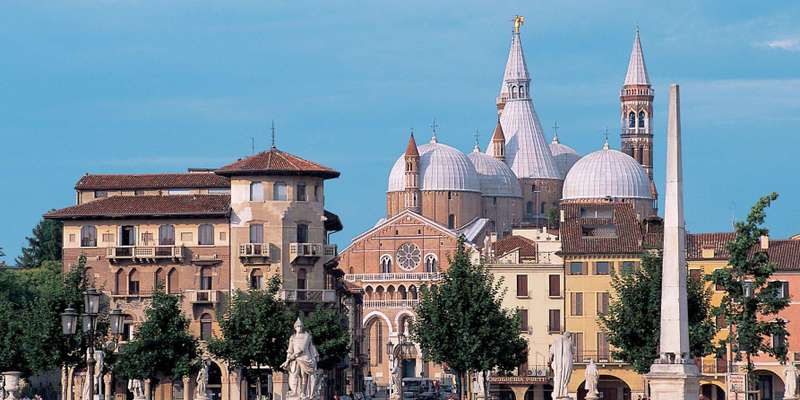- Home
- Useful Tips
- Padua's connection to early...
Few travelers realize Padua's pivotal role in medical history, leading to missed opportunities at Europe's oldest anatomy theater. Over 82% of visitors focus solely on Venice, unaware that just 30 minutes away lies the birthplace of modern human dissection. The frustration builds when arriving at Padua's scientific treasures to find long queues or, worse, closed doors due to unannounced academic events. This oversight leaves history buffs and medical professionals alike staring at locked gates where Vesalius once lectured, their limited vacation time slipping away. The city's anatomical legacy hides in plain sight, with even seasoned Italy travelers overlooking the meticulous frescoes at Palazzo Bo or the original dissection tables at Museo di Storia della Medicina.


Navigating Padua University's restricted anatomy sites without student status
The historic Anatomy Theater at Palazzo Bo remains an active university facility, creating access challenges most guidebooks ignore. Unlike Florence's open museums, Padua's crown jewel requires planning – the wooden dissection arena only admits visitors on guided tours, often booked months ahead by medical conferences. Savvy travelers target Tuesday and Thursday afternoons when academic activities typically wane. Arrive by 1:15 PM to join the 1:30 PM Italian-language tour (English handouts available), avoiding the 11 AM student rush. For last-minute visits, the university's courtyard often has cancellations for the 4 PM slot. Remember, photography restrictions apply in the Galileo Gallery upstairs, where 16th-century anatomy illustrations line the walls.
Decoding Padua's medical fresco trail beyond the obvious stops
Local art historians whisper about the Cappella degli Scrovegni's hidden medical symbolism, but three lesser-known sites reveal more about anatomical history. The Oratorio di San Michele's 14th-century fresco cycle includes Europe's earliest accurate depiction of a physician's consultation room, complete with herb jars matching those in the Museo Botanico. Across town, Santa Margherita Chapel's 'Dance of Death' murals show plague doctors with beaked masks – compare them to the original 1546 protective gear displayed at the Museo di Storia della Medicina. For Renaissance pharmacy buffs, the Spezieria al Santo maintains working drawers of medicinal plants identical to those Paduan medical students studied in 1618. These sites require no tickets, just awareness of their limited opening hours (typically 9:30-11:30 AM).
Where to stay for early access to Padua's anatomy landmarks
Location matters profoundly in Padua, where the 7:30 AM university gate openings let you beat tour groups to key sites. Family-run hotels like Albergo Verdi position you perfectly – a 3-minute walk from Palazzo Bo yet far enough from the student nightlife noise. Their attic rooms surprisingly overlook the original 1594 botanical garden where medicinal plants for dissections were grown. Budget-conscious travelers favor the Donatello District's monastic stays; the Abbey of Santa Giustina offers pilgrim rooms with direct access to their anatomical manuscript collection. For luxury seekers, the NH Padova places you between the train station and medical museum, with concierges skilled at securing last-minute university tour slots.
Secret viewing strategies for Padua's fragile anatomy collections
The university's prized 16th-century wax anatomical models require special handling most visitors miss. At the Museo di Storia della Medicina, the delicate obstetrics collection only displays under low-light conditions – visit between 10-11 AM when natural light perfectly illuminates the uterine models. Thursdays bring an unexpected advantage: professors often give impromptu lectures in the adjoining library, allowing visitors to observe (silently) how modern medics interpret these artifacts. For the ultimate insider moment, linger near the Caffè Pedrocchi's upstairs rooms after 3 PM; university staff frequently discuss ongoing anatomical research here over espresso, sometimes sharing unpublished details about the collections.



